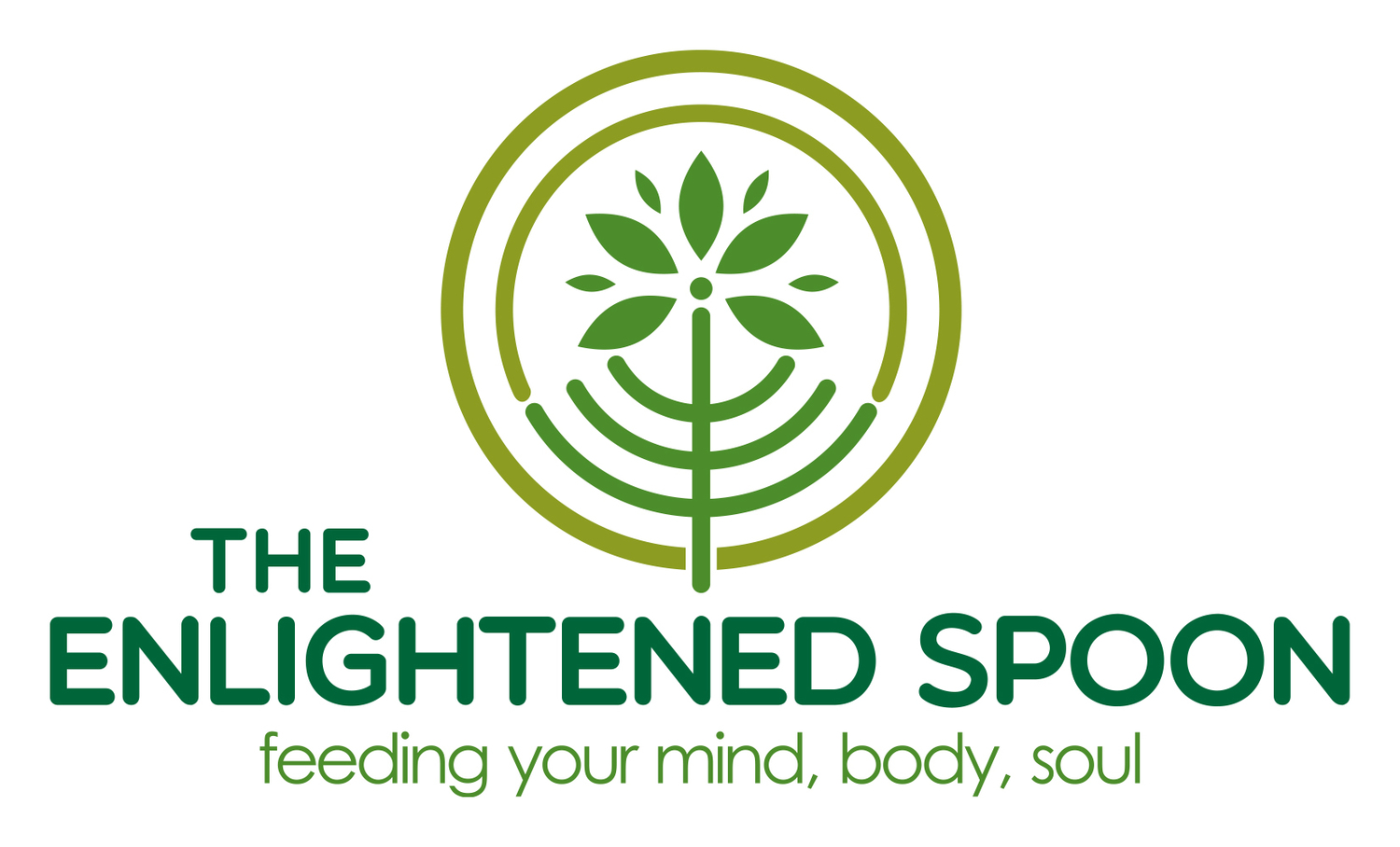What Kind of Detox Should You Do? 5 Examples.
/Previously, I wrote about 4 reasons why a detox is NOT for you, then flipped it around to show 6 reasons why you need a detox. This week, I’ll explore the most common detox approaches, and then I promise I’ll shut up about detoxes for a bit. ;)
1. The Whole Foods Approach
For the average person, it might simply be enough of a detox to remove processed foods and eat whole foods. Basically not eating anything that comes out of a box/ packet/ tin/ pre-made, and instead eating everything fresh, with whole foods from mother nature - fresh fruit and veggies, herbs, spices, fish/ meat.
A very easy form of a detox could simply be increasing the whole foods and reducing the processed/ non-fresh foods from your diet. Your body will reap the benefits from having less of those unhealthy, pre-packaged substances inside it!
2. The Elimination Diet
One more level up from this could be removing trigger foods as a test to see if it helps your health issues. Processed sugar, alcohol, caffeine, dairy, gluten, eggs tend to be some of the more common foods that people are either sensitive to or triggers reactions in them, so you might also want to consider eliminating one/ some/ or all of these foods for a period of time (usually 4 - 6 weeks), then slowly adding back each food group again a few days at a time to see if any of your symptoms act up again.
Which foods you eliminate would be dependent on what kinds of symptoms you have, or what outcome you’re testing.
3. Fasting
Do not try this unguided or if this is your first time in the world of detoxing. There are various reasons why you’d want to fast, and these can range from 1-day, 3-day, 5-day, 7-day or longer duration fasts, or they could also fall under some form of intermittent-fasting where meals are either timed during a certain period each day, or eating and fasting occur intermittently over certain days of the week (which becomes less about detoxing and more about readjusting metabolism).
The idea behind longer term fasts in broad strokes is to give the digestive system a break, to give the body some help in dealing with the backlog of excess toxins, hormones, cell wastes, etc. it’s trying to get rid of. Sometimes, additional practices are included to help, like dry skin brushing to stimulate the lymph, infra-red saunas to encourage sweating and release of toxins through the skin, and enemas to encourage bowel movements (to get all those toxins out!) Depending which school of thought you follow, some of the additional practices to help your detoxification systems while fasting can be even more far-out than the ones listed here!
4. Liver Detox
This usually involves some form of fast to give the digestive and detoxification systems a break, before drinking some kind of herbal solutions to stimulate the liver in flushing out toxins. Again - this form of detox should be done under supervision of a healthcare practitioner.
A milder form of helping to stimulate the liver could also be done through whole foods and herbs, without having to go through a fast. Liver-boosting herbs and foods like lemon, licorice, fennel seed, milk thistle, beets, artichokes, dandelion root, burdock, schizandra and supplements like N-acetyl cysteine can also be used to help support liver function.
5. Colon Hydrotherapy
Again, this should be done under medical supervision. This basically involves putting a tube up your bum and having water flush through the length of your colon to get everything out. Lovely! There are a variety of reasons for colon hydrotherapy, and one of them could be in conjunction with a detox, usually also done together with a fast. It’s probably on the extreme end of the scale, can be controversial, and definitely not for newbies.
As you can see, the level of how far you want to take a “detox” spans a very wide range of approaches and is such a nebulous word/ interpretation. It all depends on what your ultimate health goal is, and working together with your healthcare practitioner, you can determine how you plan yours.
The best kind of “detox” to start with is the first on this list: increase the whole foods and reduce the processed/ non-fresh foods from your diet. An easy first step is to include a green smoothie at breakfast - with more veggies in it than fruit.
Get help starting this new healthy habit by getting my 7-Day Green Smoothie Checklist (also at the bottom of this page). Add one green smoothie to your daily routine. It automatically increases your daily veggie count. And no, it’s not green smoothies all day only for 7 days - you get to eat and live as you usually do, just add a green smoothie once a day to your daily routine. Easy!
If you liked this, you might also like these other resources:
Get 5 monthly tips on fitness and mindfulness - find easy ways to incorporate healthy living into your daily routine.
Download your “7 days of green smoothies” checklist (tips, recipes, shopping list).
Stay fit, healthy, happy!











